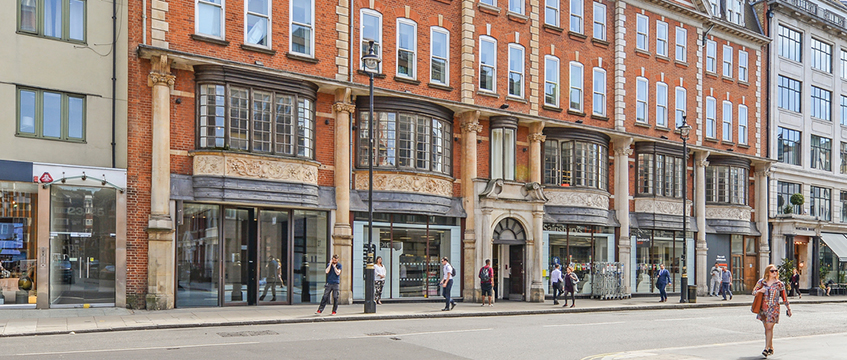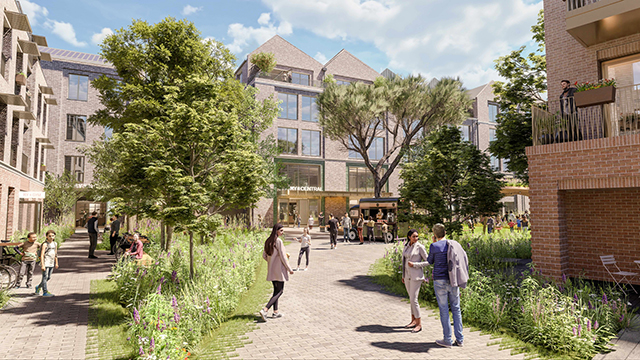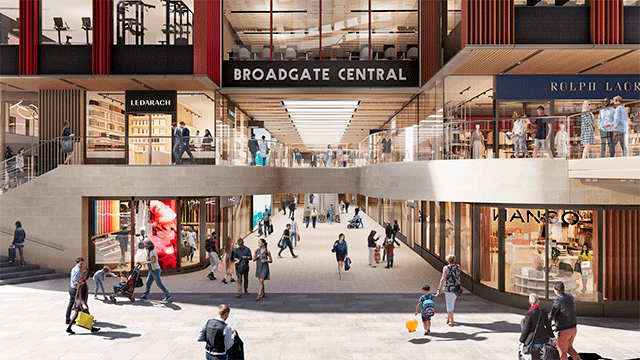Jackie Sadek gives her view on want went wrong with plans to bring thousands of new homes to the Thames Gateway
The concept of the Thames Gateway occurred to Michael Heseltine while he was flying over the area in the late 1980s. And, as a logical extension to the earlier successes of the London Dockland Development Corporation, it made perfect sense.
The area in the South East of England had large tracts of undeveloped land, unified by the shape of the River Thames. Heseltine’s idea was well received: building homes in the South East, where people actually wanted to live, and working with the grain of the market had obvious attractions.
The idea gestated for several years in the formidable brains of senior civil servants and so, by the time it had started to be implemented by the Labour government’s John Prescott in the early 2000s, it was pretty much fully formed as a top-down planning construct.
However, there had been some pretty hairy experiences on the Isle of Dogs in the late 1980s when the community objected violently to the LDDC’s draconian planning powers, so policy makers fought shy of creating one urban development corporation for the entire area. Instead, they sought to facilitate more locally based delivery organisations.
But this top-down construct did not take account of the bottom-up resistance from nimbys.
The local political situation in all parts of the Gateway was fraught.
So we ended up with two watered-down urban development corporations, one covering the
Three “local delivery vehicles” were also formed to implement regeneration – one for Kent Thameside (
The Gateway became littered with “partnerships”, all under-resourced and unclear in remit. It became very chaotic.
Kent Thameside had some successes. Cash was already committed to the station at Ebbsfleet, and the 1.65m sq ft Bluewater shopping centre in Stone was also claimed as an early success story (although, in fact, it was already substantially under way by Lend Lease in the 1990s).
But when cement company
A similar story emerged at
Into this melee, market players such as Alan Cherry at Countryside and John Calcutt of Crest Nicholson (development heroes of the hour) attempted to deliver new settlements, such as
Then when Hurricane Katrina devastated
And actually, although the idea was somewhat mocked at the time, it was a fairly sensible one.
Now, of course, we have pretty much a mish-mash in the Gateway.
There are some notable successes (the Royal Opera facility in Thurrock); some disappointments (there is nothing at Ebbsfleet, unless you count the Sunday boot fair); and some running sores (veterans point to long-running motorway junction disputes), but I don’t think it has come as any great surprise that funding is to be cut from central government.
The question is, has the activity over the past 10 years or so secured more market investment in the future?
- Jackie Sadek is acting chair, UK Regeneration and former CE of Kent Thameside.










